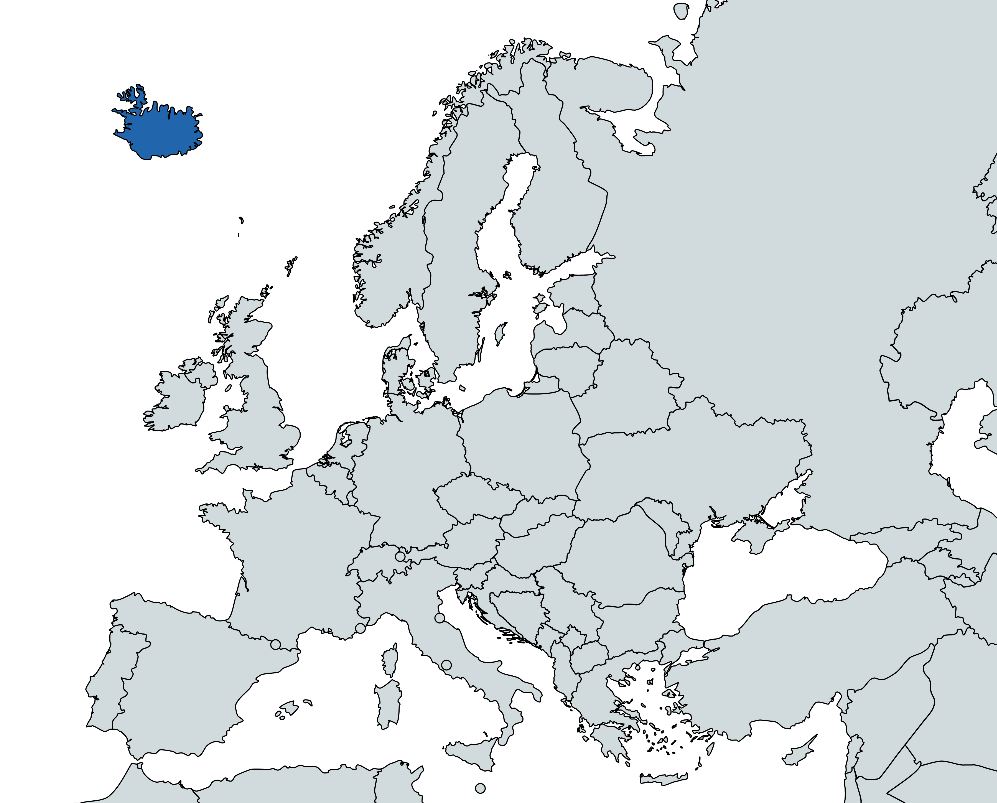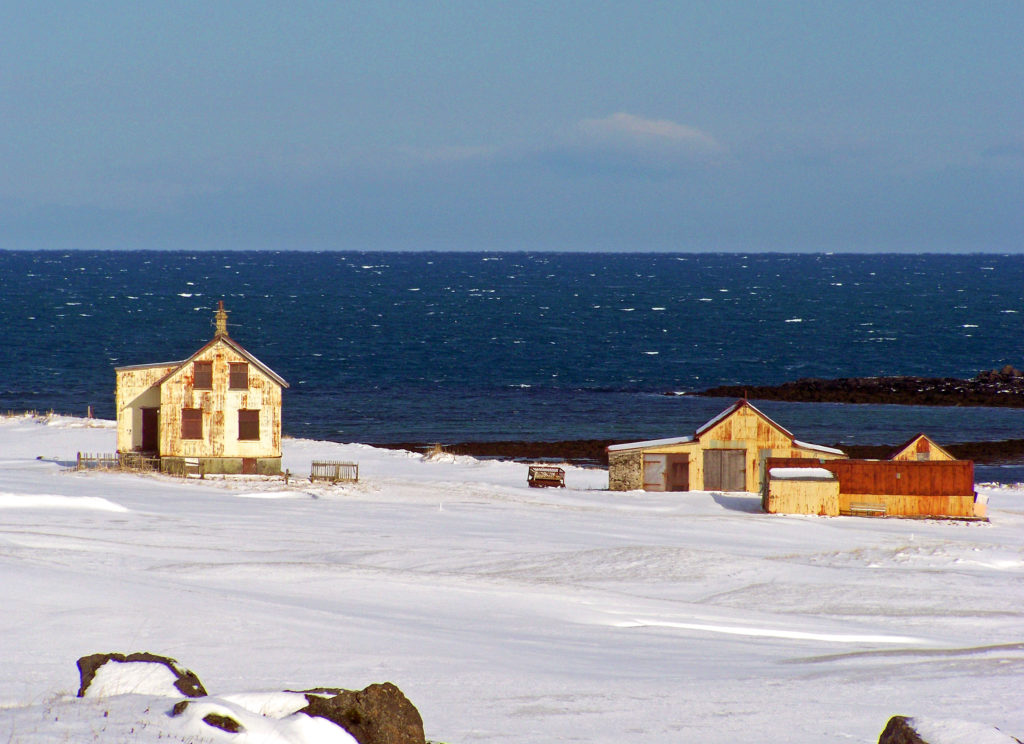This is a country full of magic. There are vast areas everywhere, mostly without a trace of human population. They display a delicate, picture-perfect beauty in the summer and have an almost mysterious and often surreal aura in the winter. Iceland is a country like no other one. Following a steady increase in air connections in recent years, Iceland has become a major tourist destination in Europe.


The greater influx in visitors does not change anything about Iceland being a place for explorers. Almost the entire population lives along the country’s coastline, while the interior offers a plateau with glaciers, volcanoes, mountains and rivers, many of which look as if no human ever set foot near them.
The capital Reykjavik and the surrounding areas are home to roughly two thirds of the country’s entire population and the only metropolitan area in the country. The city is deeply rooted in history and the country’s often mysterious culture and has many notable sights.




One of the main tourist draws in Iceland is the Blue Lagoon, where you can swim in warm thermal water, surrounded by the surreal ice-and-snow sceneries that are so characteristic for Iceland. Other popular stops for day trips include the majestic Gullfoss waterfalls and the nearby Great Geysir. Both attractions are a part of the popular Golden Circle tourist road.
Visitors preferring to get away from the tourist crowds should look to the northern and eastern parts of the country. Akureyri is Island’s fourth-largest town and the hub of the northeastern region. The pretty town has a handful of tourist facilities and is often used as a departure point for trips into the Arctic Circle and to the offshore island of Grimsey. The nearby village of Húsavik is popular for its whalewatching tours.
| Population | Area | Currency | EU member | Schengen area |
| 364,100 | 102,775 km² | Icelandic Króna | no | yes |
List of articles on Iceland
| Cities and towns | Sights and attractions | Background |
| Golden Circle | Trolls and elves | |